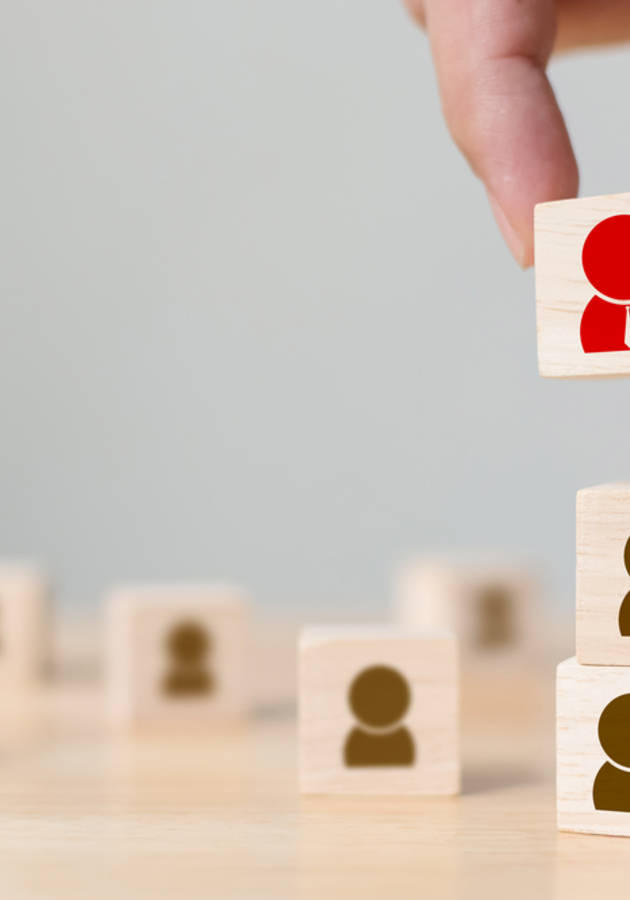Having $1,000,000 in the bank and being able to retire at age 30 sounds like the dream, right? Well, Grant Sabatier made it a reality and shares how to do so in “Financial Freedom.” Money is probably one of the most stressful things to worry about, but in fact, managing your money and making it grow is not rocket science. Sabatier shows how you can optimize your lifestyle, make your money go further, and still have fun along the way. Get ready to learn how to reach financial independence!
The road to financial independence
Grant Sabatier tried to follow the conventional path to wealth and security. He went to a top university, studied hard and got good grades, and even managed to secure a job offer before graduating. He then started working for an analytics company, thinking that he was on the sure path to financial independence.
However, he was making big trade-offs. His office was a four-foot-wide cubicle in a scarcely ventilated, dark office park two hours away from where he lived. His job was so exhausting that when he got home, he would not be able to do much except for watching some TV. Nevertheless, he was so worried about his next day at work that he would not be able to go to sleep before eventually crawling out of bed again the next morning at 4.50 am.
And for what? Sabatier was living from paycheck to paycheck as he made just about enough money to cover his expenses. He did not save any money, and eventually was fired from his job because he was not making the company enough money, either. That was how he found himself back with his parents, aged 24, with $2.62 in his bank account.
If this story sounds familiar to you, you are not alone in that. According to surveys, 69% of Americans have less than $1,000 in savings so they live just one disaster away from poverty and homelessness. The situation is even direr for millennials: In the US, millennials have an average income of $35,592 a year which is less than half of what their parents made at the same age. On top of that, the average student loan debt is $36,000, so it is no wonder that retirement in three or four decades seems impossible to most.
Sabatier decided that he had had enough. He wanted financial independence, which, for him, meant saving $1 million and retiring as soon as possible. And after studying countless books and blogs on financial advice, he actually managed to do so five years later. The good news is, you can do it too – and it is a lot easier than you might think.
The way you have been taught to think about money is incorrect, incomplete, or obsolete. You don’t have to give up on the small things you enjoy or track every penny you spend in order to become financially independent. All it takes is a different approach to thinking about and looking at money.
Seven stages of financial freedom
Before you can start your journey toward financial freedom, you need to figure out your goal. What exactly does financial freedom mean to you? Maybe it means having $1 million in your bank account. But maybe it just means having enough money to work part time and spend more time with your family. Financial freedom ultimately comes down to a few factors: where you live, what kind of life you want to live and what brings you joy. According to Sabatier, there are seven stages of financial freedom:
- Clarity. You have figured out where you are and where you want to go.
- Self-sufficiency. You earn enough money to cover your own expenses.
- Breathing room. You no longer live paycheck to paycheck.
- Stability. You have six months of living expenses saved and bad debt paid.
- Flexibility. You have two years of living expenses invested.
- Financial independence. You can live off the income generated by your investments and work becomes optional.
- Abundant wealth. You have more money than you’ll ever need.
With each stage you reach, you will feel more in control and less stressed about money. With lots of hustle, you can get to stage five within a few years, but getting to stage six will take the most effort. This step requires you to make money, save it, and invest it, which will take up a lot of your time – but all the time you invest will eventually translate into freedom for you!
What is your number?
To start your own journey to financial independence, you need to calculate your FI number (Financial Independence number). Maybe you have used an online retirement calculator before and been horrified by how much you’d have to work in order to retire in 40 years. But traditional retirement calculators usually do not factor in that your money can grow by itself if you invest it.
Sabatier believes that the way to holistically determine how much money you need is by looking at the amount of money you need to live right now and then adjust this once a year as your circumstances change. You will also need to know your annual expenses – go through the last 12 months of expenses and calculate your average expense.
Then, the formula for figuring out your FI number is the following: withdrawal rate percentage x your number = annual expenses. So, for example, if you were to spend $50,000 a year, and you were withdrawing at the recommended rate of 4 percent, that would make your FI number $50,000/0.04=$1,250,000.
Where are you now?
Once you have figured out your goal, you should get some clarity on your finances. Where are you now on your road to financial independence? To find this out, you will have to calculate your net worth, which is probably the most important number in your financial life.
Your net worth is the difference between your assets and your liabilities. Your assets are anything that you own that has value, like cash, jewelry, a house, a car, or investments. Liabilities are any kind of debt you owe, such as credit card debts, mortgages, or student debts.
To calculate your net worth, you simply need to subtract your total liabilities from your total assets. If you have a lot of debt, your net worth might actually be negative – many people, including the author, have started out this way though and still managed to gain financial independence in a short space of time. If your net worth is negative, you will need to add this to your FI number. So if your FI number was $1,250,000, but you have $20,000 debt, your actual FI number is $1,280,000 (this includes interest).
According to Sabatier, you should track your net worth number on a regular basis. He does so daily, to keep an eye on his finances and to watch his net worth grow through compounding. Most importantly, do not let your emotions get in the way of making good financial decisions.
Especially when investing money, people are prone to panic. Take the author as an example. When he first started investing, he bought $3,000 worth of stocks, and lost $1,200 in the first week. Panicked, he sold his stocks – had he kept them though, he could have more than doubled his money over the next few years. For investments to work, you need to be in for the long haul, and get comfortable with taking risks. And contrary to accepted financial wisdom, you do not need to have paid off all your debts before you can start investing!
Think differently about money
Now that you know your FI number and your net worth, it is time to radically shift the way you think about money. Let’s start with a simple example. What’s the cost of a cup of coffee? $3, you might say. However, you forget that the money you pay for the coffee is money lost to you forever. If you were to invest it instead, it could compound into a lot more.
You need to start thinking about the true cost of each transaction. If you want to make the most of your money, you need to be mindful of how you spend it. Luckily, the author has compiled a list of 11 key questions you can ask yourself before a purchase to decide whether you really want to spend your money. You do not need to ask these before every purchase you make, but maybe save them to your phone or carry a copy in your wallet to stop yourself from spending money unnecessarily. You will quickly realize that most things are actually a lot more expensive than they appear to be.
Before you can ask these questions, you will need to know your real hourly rate: how much money you are actually making. This includes the time spent outside your paid hours preparing for work, commuting, etc. Once you have figured this out, you will have a real number to see how much of your time you are trading for anything you purchase. So here are the questions you should ask yourself before you buy anything:
11 ways to think about money before you buy anything
- How happy will this purchase make me? Consider not only today but also tomorrow, next week, or next month.
- How much money do I have to make to afford this? Remember that you pay for purchases in after-tax dollars, so you have to make more money than the listed price.
- How many hours of my life am I trading to afford this? Think about your real hourly rate.
- Can I afford it? Never spend more than 2-3% of your net worth on a single purchase.
- How do prices compare in terms of percentages? If you have a choice between brands, look at the percentage, not the dollar difference in price.
- Can I get it for less or trade for it? Always try to buy second-hand.
- How much am I spending on convenience? Maybe it would be cheaper to make the coffee at home instead of buying it at a coffee shop.
- How much would this cost me each year or for the rest of my life? Recurring expenses add up over time.
- What is the per-use cost of this item? When buying something that you use frequently, you can calculate the cost of the item based on how often you will use it and how long it will last you.
- How much will this money be worth in the future? Think about how much money you could make if you invested it instead.
- How much time (freedom) is this buying me in the future? Every dollar you save is freedom gained in the future.
Final Notes
Becoming financially independent is a lot easier than you might think. Stop guilt-tripping yourself for overspending and start getting some clarity on your finances!
“Financial Freedom” is an international bestseller. Coryanne Hicks wrote about it for the U.S. News & World Report: “Financial Freedom changed my life. Reading it showed me a new way of looking at money and work that's opened my eyes to how life ought to be lived. Grant’s book will not only guide you to financial freedom, it’ll teach you to stop being limited by conventions and what you think you can and cannot achieve."
12min Tip
Have a look at the seven stages of financial independence. Which stage are you at?





























